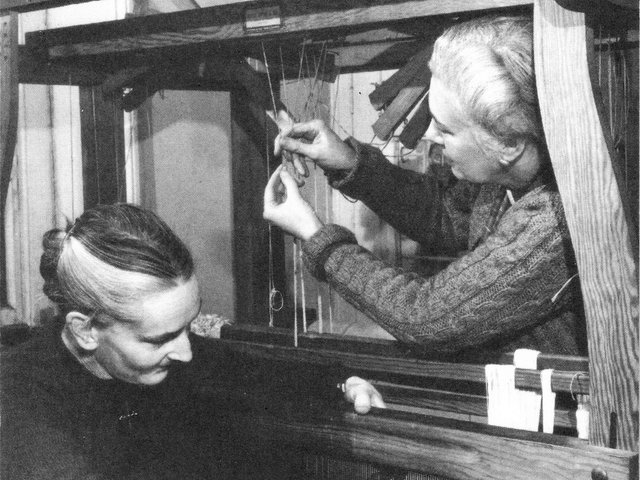London. “Like the Louvre lending the Mona Lisa” is how Deborah Nadoolman Landis, the costume designer who dressed Indiana Jones, describes the loan of Judy Garland’s slippers from “The Wizard of Oz”, 1939, for this show.
Nadoolman Landis, a former president of the Costume Designers Guild and a professor at the University of California, Los Angeles, is the senior guest curator of “Hollywood Costume” at the Victoria and Albert Museum (V&A). The ruby slippers are joined by more than 130 costumes, most of which have never been on show before.
Few of the costumes used in Hollywood films have survived unscathed; owing to the cost of storage, most are remade and reused, or sold. “The costumes that still exist are the ones that were unique, so they couldn’t be [used] again, like the curtain dress from ‘Gone with the Wind’,” Nadoolman Landis says. Walter Plunkett’s creation, worn by Vivien Leigh in 1939, will be on show.
Nadoolman Landis, who organised the exhibition with the Royal College of Art’s Christopher Frayling and the V&A’s Keith Lodwick, spent five years tracking down the pieces, travelling “from Korea to Qatar, from Berlin to Paris to Rome”. They range from the beaded dress donned by Joan Crawford in “The Bride Wore Red”, 1937, created by the designer known as Adrian and loaned by New York’s Fashion Institute of Technology, to John Mollo’s 1977 Darth Vader costume, which Nadoolman Landis describes as “concept art”. Lenders include studios such as Warner Bros and 20th Century Fox, private collectors including Charlie Chaplin’s family, and the Cinémathèque Française.
A “cinema context” has been created using video interviews with Meryl Streep and Robert de Niro (whose bomber jacket from “Taxi Driver”, 1976, designed by Ruth Morley, is on show), an original score by the composer Julian Scott and “dramatic lighting—not lighting where you’ll be able to see every stitch”.
The costumes are very fragile, which is due, Nadoolman Landis says, to the purpose for which they were made—something the V&A did not immediately appreciate. “The V&A [initially] asked if they were well made, and I understood that this pantheon of design had no idea what costume design for cinema was. There’s confusion between costume and couture.”
Poor condition is also a problem for the market in movie costumes. With a $10m-grossing MGM auction in 1970 having dispersed significant pieces across the globe, and prices having reached “astronomical” levels, Nadoolman Landis often spots seemingly inauthentic costumes for sale. “The label on a Rita Hayworth suit from an undistinguished 1940s film was taken out and put on a new gown, which was sold as the real deal. It’s not unknown to the big auction houses… but caveat emptor is where the marketplace is.”
The show is sponsored by the jeweller Harry Winston.
Hollywood Costume, Victoria and Albert Museum, London, 20 October-27 January 2013



